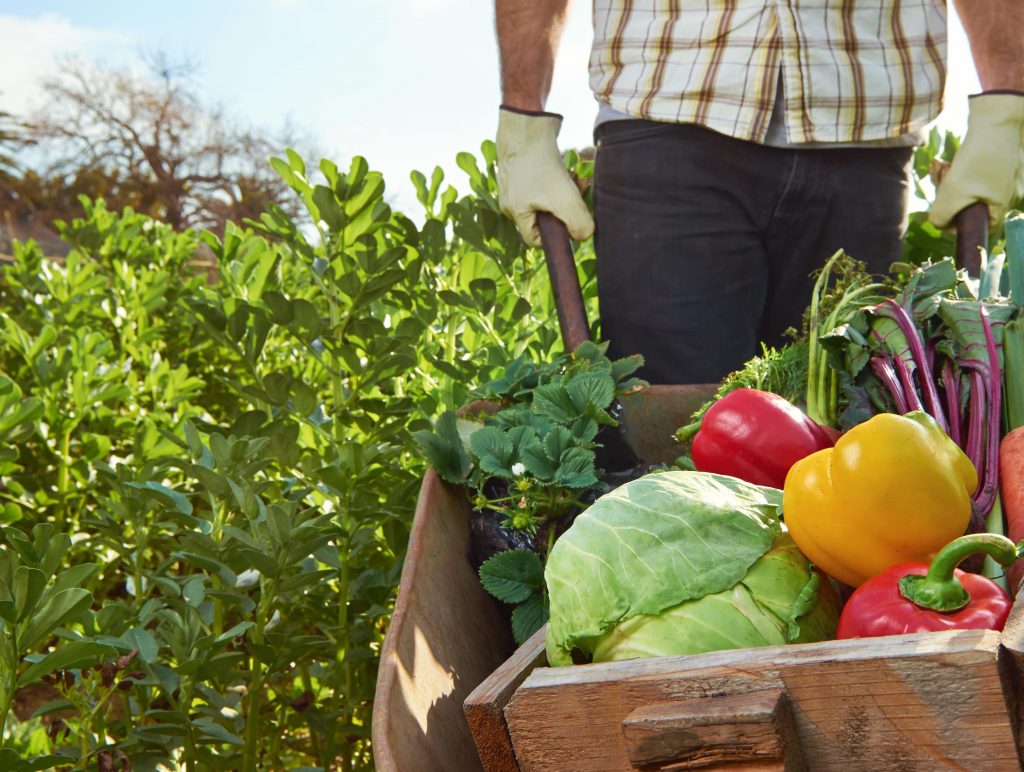A French kitchen garden or potager is convenient and cost-effective to have if you wish to sustain an organic lifestyle. It’s essentially a garden centered on vegetables but deeply rooted in Romanticism.
In these gardens, nature is allowed to grow freely and spontaneously to achieve that bucolic charm. No ruthless pruning, edging, and training involved. Like the English cottage garden that’s full of flowers and with almost no lawn, potagers use available space efficiently. Normally, you’d see a tangle of herbs, fruits, flowers, and vegetables and a tapestry of myriad colors, shapes, scents, and textures.
Despite the kitchen garden being less organized than most gardening styles, a lot of thought, planning, and work go into maintaining it. Nevertheless, every drop of sweat and backbreaking work will be worth it in the end once your backyard oasis flourishes.
Embracing Bio: Principles of Potager Gardening
A successful potager is all about balance, and achieving that involves incorporating the following elements:
- Good soil stewardship – healthy soil improves yields and prevents loss of nutrients and erosion. Before you even start planting, assess the quality of your garden soil and understand its components. Hire an expert to asses if your garden soil is rich in organic matter and free of potentially dangerous toxins. Take this opportunity to ask which organic fertilizers and soil amendments are best for what you intend to grow. Then, ensure proper drainage and create boundaries around your raised beds and patches before transplanting or sowing. Start a compost heap as early as possible and use organic pest control methods.
- Biodiversity – a potager should be ecologically diverse, so don’t limit yourself to a few crops. Grow as many different varieties as you can, but don’t plant the same variety on the same plot consecutively to avoid diseases. This technique not only gives you more value from your plot, it also helps you attract wildlife and ward off pests organically. Check out BBC’s list of the best potager plants for all seasons.
- Intensive – in gourmet gardens across France, every square foot is put to good use. There’s a belief that intensive planting on a small scale is better for the environment as water consumption is kept at a minimum. It pays to have a greenhouse so you can plant in succession and gain food security year-round. Keep in mind that there are many DIY greenhouse kits that serve different purposes, so make sure to choose the right one for your garden.
- Terroir – French growers are big on terroir, a combination of factors including soil, climate, and sunlight that give crops their distinctive flavor. Applying this concept to your garden can be as simple as planting vegetables that grow well in your region. But always leave room for experiments.

- Visual appeal – while a potager is predominantly utilitarian, it still pays to incorporate elements that are pleasing to the eye. Planting a few edible and non-edible flowers and herbs along plots or walkways can enhance the garden’s beauty. Use natural materials for fences, trellises, and containers and fill up wide paths or clearings with ceramic garden features. Keep the moss and undergrowth in some areas to add visual appeal.
Nothing is more fulfilling than living off the land and using organic methods to produce the tastiest, freshest ingredients. Always keep these principles in mind, and let nature do the rest.






